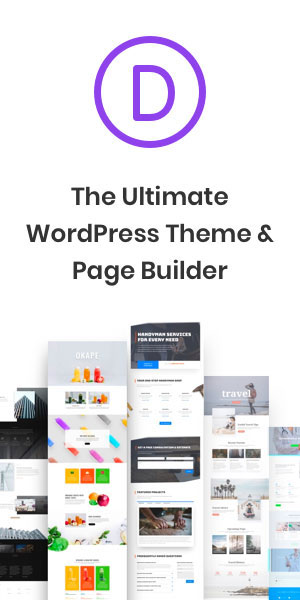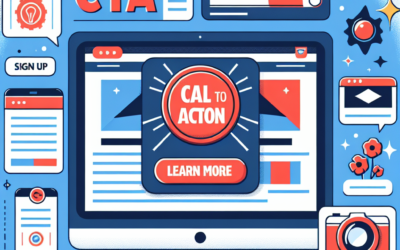Breaking into the field of web development can be an exciting journey, offering a blend of creative expression and technical problem-solving. Whether you’re looking to switch careers or start fresh in the tech industry, web development offers diverse opportunities and a dynamic work environment. This guide provides practical advice on how to get started in web development, with tips for building skills, creating a portfolio, and navigating the job market.
Steps to Get Into Web Development:
Step 1: Understand the Field
- Research the Industry: Learn about the different areas of web development, including front-end, back-end, and full-stack development. Understand the roles, responsibilities, and technologies involved.
Step 2: Acquire Fundamental Skills
- Learn Basic Technologies: Start with HTML, CSS, and JavaScript, the building blocks of web development. There are numerous free and paid resources online to help you learn these languages.
- Practice Regularly: Build small projects to apply what you learn. Practice is key to mastering web development skills.
Step 3: Expand Your Knowledge
- Explore Advanced Technologies: Once you’re comfortable with the basics, delve into more advanced topics like frameworks (e.g., React, Angular), back-end languages (e.g., Python, Node.js), and database management.
- Understand Web Design Principles: Basic knowledge of design principles is crucial for front-end development. Familiarize yourself with UI/UX design concepts.
Step 4: Build a Strong Portfolio
- Create Projects: Develop a range of projects that showcase your skills. This could include websites, applications, or other relevant projects.
- Online Portfolio: Host your projects on a personal website or platforms like GitHub. An impressive portfolio is often more valuable than traditional educational credentials in this field.
Step 5: Network and Gain Experience
- Networking: Engage with the web development community through social media, forums, and local meetups.
- Internships and Freelancing: Gain practical experience through internships, freelance work, or contributing to open-source projects.
Step 6: Prepare for the Job Market
- Resume and Online Presence: Ensure your resume is up-to-date and reflects your web development skills. Maintain a professional online presence, including LinkedIn.
- Job Search Strategies: Apply for jobs strategically, tailoring your application to the specific requirements of each role. Don’t be afraid to apply for positions even if you meet most, but not all, of the qualifications.
Conclusion:
Getting into web development is a journey of continuous learning and practice. With dedication and the right approach, you can build a fulfilling career in this dynamic and evolving field. Embrace the challenges, stay curious, and keep coding!







